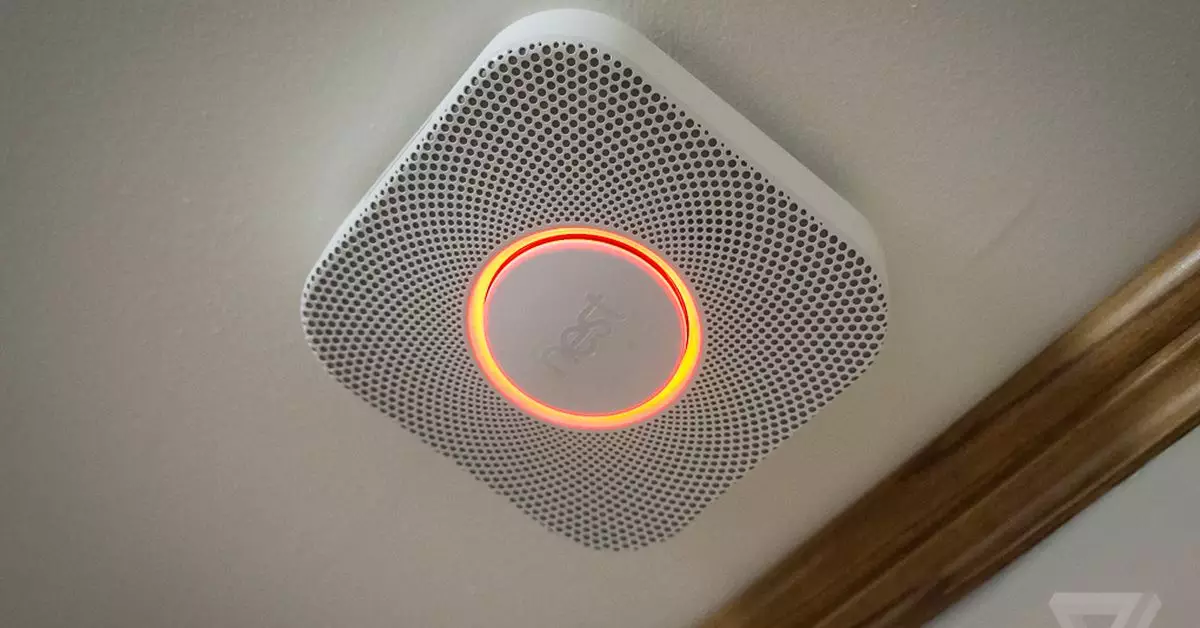In recent years, the smart home ecosystem has been a hotbed of technological innovation, addressing consumers’ needs for convenience, security, and efficiency. One of the most significant developments in this sphere has been Google’s evolution of its smart home applications, culminating in the announcement that its Nest Protect smoke and carbon monoxide alarm will migrate fully to the Google Home app. This transition heralds a more streamlined user experience and signifies the potential sunset of the Nest app itself.
Google’s decision to consolidate all Nest devices under the Google Home app marks a pivotal shift in how users will interact with their smart home devices. Previously, users were required to navigate separate applications, potentially leading to confusion and inefficiency. By merging functionalities, Google aims to enhance usability and deliver a centralized hub for smart home control. The Nest Protect was the only remaining device tied to the independent Nest application. This change is crucial not only for simplifying user experience but also for ensuring that the user interface is intuitive and cohesive across various devices.
With the integration of the Nest Protect into the Google Home app, users can now access a range of helpful features that enhance safety and convenience. Key functionalities include:
1. **Emergency Alerts**: Users will receive immediate notifications regarding smoke or carbon monoxide incidents, enabling timely responses to potential dangers.
2. **Battery and Device Health Monitoring**: Notifications regarding battery health and other device issues allow for proactive maintenance.
3. **Safety Checkups**: The app enables users to conduct system-wide safety checks and view when alarms were last tested, reinforcing a culture of safety.
4. **Schedule Testing**: Automated sound checks facilitate regular maintenance without the need for user-initiated action, particularly beneficial for those who travel frequently.
5. **Real-time Monitoring**: The capability to view live camera feeds during alarm events fosters a calm and informed response during emergencies.
The comprehensive suite of these new features underscores Google’s commitment to enhancing security while simplifying the user experience across its product line.
In addition to the Nest Protect update, the Google Home app is also expanding capabilities for smart locks integrated through the Matter standard. Smart locks are becoming increasingly vital in smart home setups, and Google is responding by enhancing its functionalities.
A prominent new addition will be **Passcode Management**, which allows homeowners to efficiently grant or revoke access to family and guests, ensuring peace of mind. The introduction of features such as **One-Tap Entry** and **Automatic Locking** also streamlines the user experience, making it easier for users to secure their homes with minimal effort. These updates reflect an industry-wide drive toward interoperability and functionality in smart home devices.
The shift to a unified smart home application not only simplifies usage for existing customers but also invites prospective users into the ecosystem with a cleaner, more organized application experience. As more devices are compatible, seamless integration becomes an incentive, positioning Google advantageously in a competitive marketplace.
Moreover, Google’s intention to keep the Nest app in maintenance mode may serve as a double-edged sword. While it allows users to transition gradually, the potential for outdated features lingering could disenfranchise users who prefer modern solutions. Conversely, the backing of a powerful platform like Google Home may empower third-party developers to innovate and expand the range of connected devices.
As Google transitions its Nest devices into a singular application framework, users should prepare for a more interconnected and simplified smart home experience. The updated capabilities of the Google Home app emphasize the need for functional, easily accessible technology that enhances safety, connectivity, and convenience. By doing so, Google is not only paving the way for a new standard in home automation but also reinforcing the importance of a user-centric approach in technology—a win-win for consumers and the tech landscape alike.


Leave a Reply